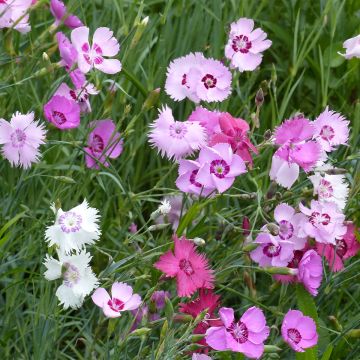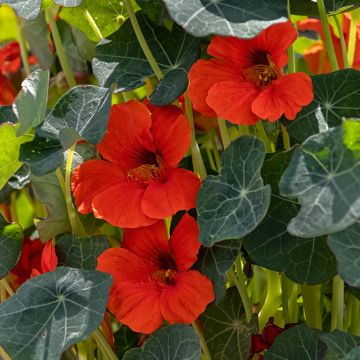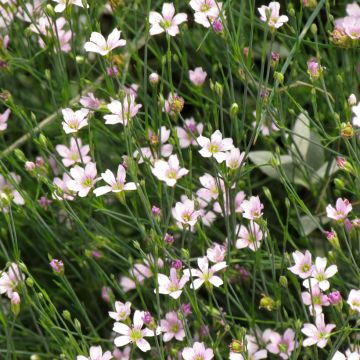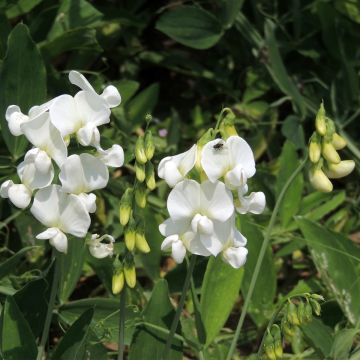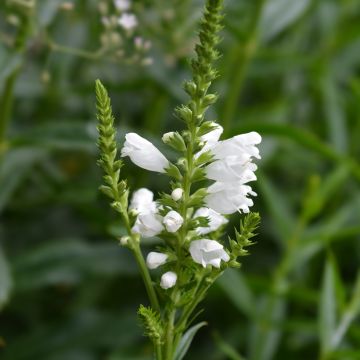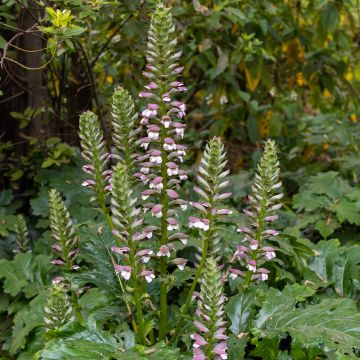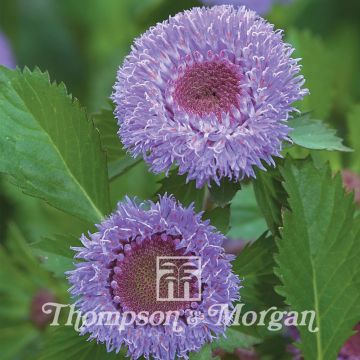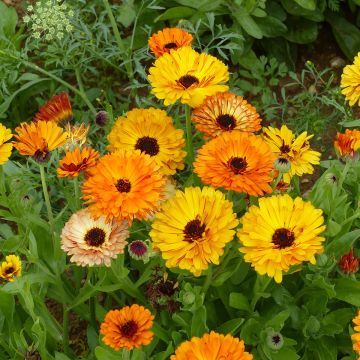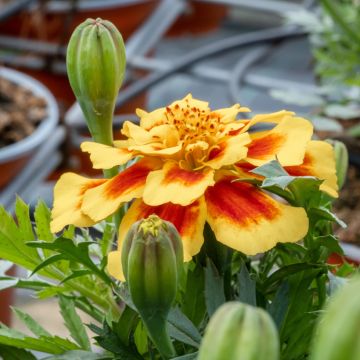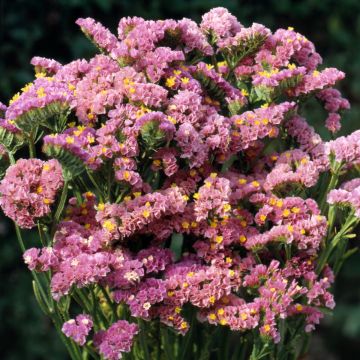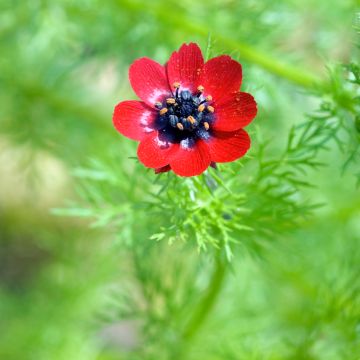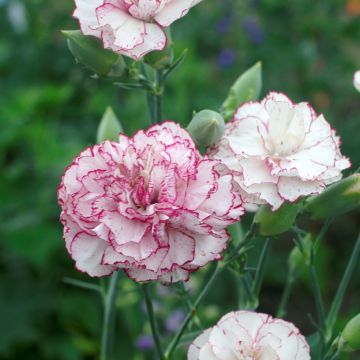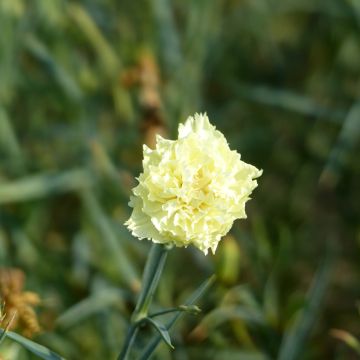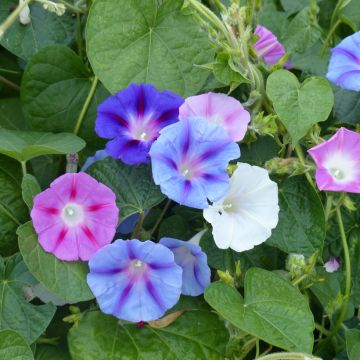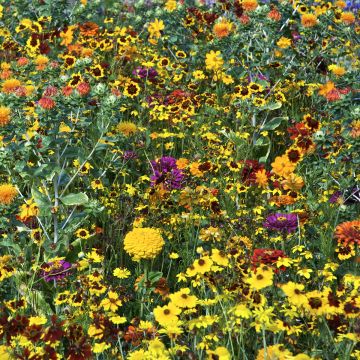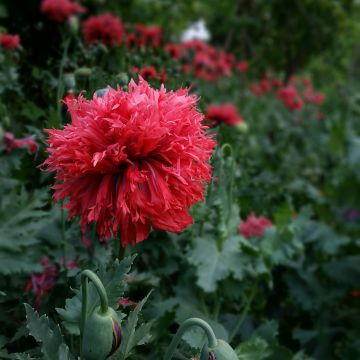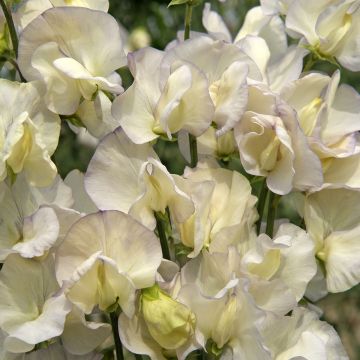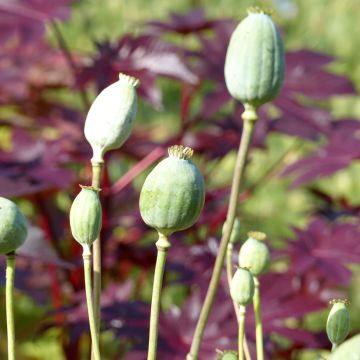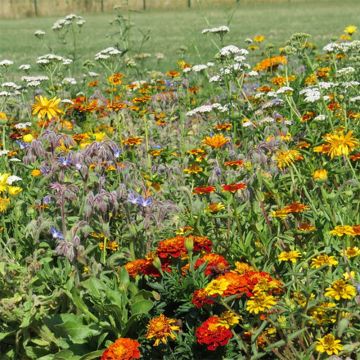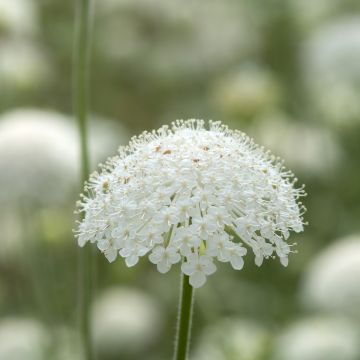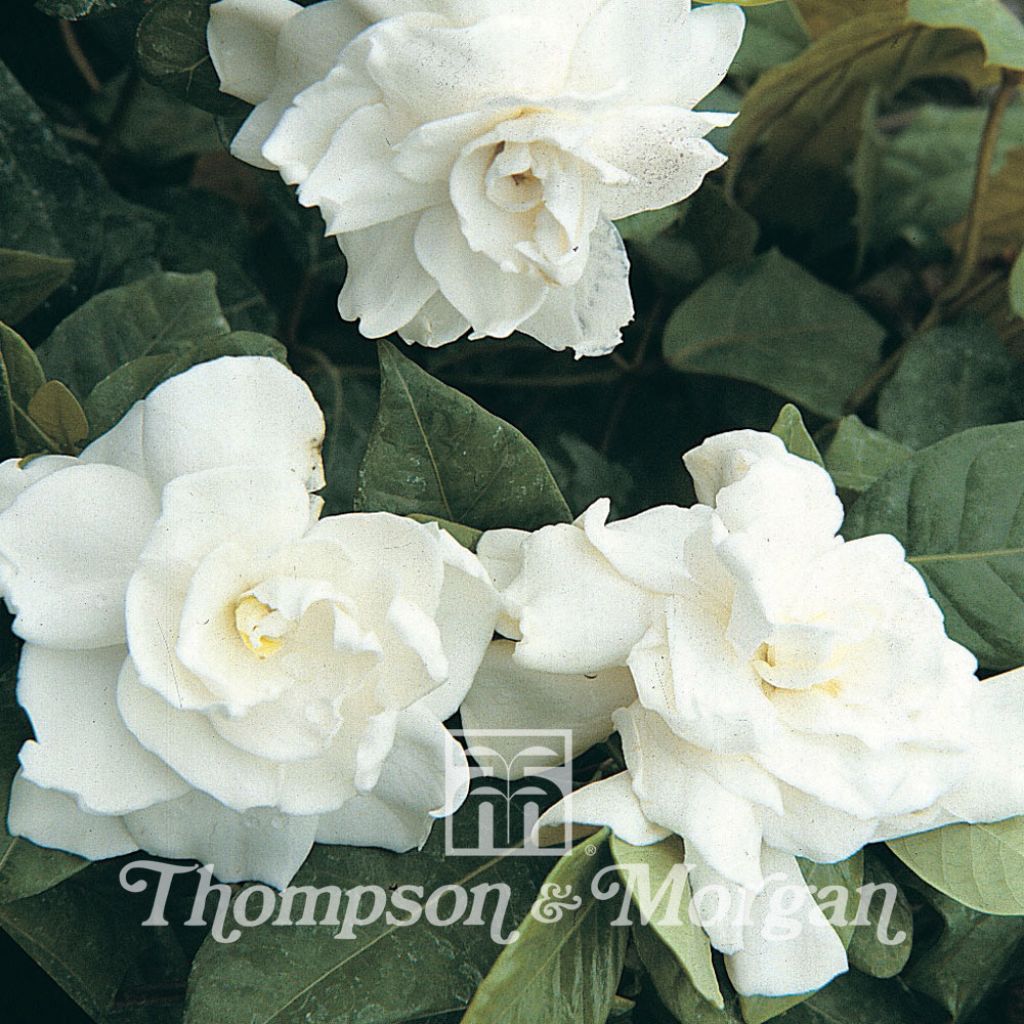

Gardenia Jasminoides
Gardenia jasminoides - Cape Jasmine Seeds
Gardenia jasminoides
Cape Jasmine, Common Gardenia
This plant carries a 6 months recovery warranty
More information
We guarantee the quality of our plants for a full growing cycle, and will replace at our expense any plant that fails to recover under normal climatic and planting conditions.
Seed-only orders are dispatched by sealed envelope. The delivery charge for seed-only orders is €3.90.
Does this plant fit my garden?
Set up your Plantfit profile →
Description
Among the most fragrant flowering plants, one can only admire the most beautiful features of the Gardenia jasminoides. This gardenia, also known as Cape jasmine or Gardenia augusta, forms a small elegant bush with thick, evergreen, dark green and shiny foliage, on which stand out double flowers with waxy texture, with white-cream petals imbued with a powerful floral scent, deliciously intoxicating, addictive. When the conditions are met, in humid and mild climate and non-limestone soil, protected from scorching sun and frost, the gardenia proves to be one of the most beautiful plant creatures.
Gardenia jasminoides, is a bush of the Rubiaceae family, native to Asia. It is frequently found in the wild in Vietnam, southern China, Taiwan, Japan, and India in mild and humid climates. Its cultivation in China dates back at least a thousand years, and it has given rise to numerous highly floriferous horticultural varieties. It is an evergreen bush with a bushy habit, reaching 60 to 80cm (31.5in) in all directions in pots, 1.80m (5.9ft) in open ground. Its white flowers, with a powerful scent, bloom in spring and summer. They appear solitary in the axils of the leaves, at the top of the branches, measuring 4 to 6cm (2.4in) in diameter and composed of numerous white cream petals that fade to pale yellow. The flowering is followed by the formation of oval fruits containing the seeds. The flowers stand out well against the large, thick leaves 10cm (3.9in) long and 3cm (1.2in) wide), ovate, entire, very shiny dark green with very visible veins. Its bark is greyish. The Gardenia has a very long lifespan and is more floriferous in its young age.
In mild and humid coastel climates it is possible to consider growing gardenia in open ground, in ericaceous soil, in partial shade. Elsewhere, it must be grown in pots that are stored away in winter. The gardenia does not acclimate well in a house, as the atmosphere is too warm and especially too dry. Ideally, this tropical shrub will be grown in a greenhouse or in a slightly heated conservatory. Stays in apartments will be limited to 2 weeks, to enjoy its flowering, then it will need to be brought back to the greenhouse or placed outside in partial shade and sheltered from the wind. Watering must be done with non-limestone water.
Report an error about the product description
Flowering
Foliage
Plant habit
Botanical data
Gardenia
jasminoides
Rubiaceae
Cape Jasmine, Common Gardenia
Southeast Asia
Other Thompson and Morgan seeds
Planting and care
Sow at any time of the year.
Sow Gardenia seeds in trays, pots, etc. in a special acidic sowing compost that you will place in a propagator or a warm place to maintain an optimal temperature of 20 to 25°C. Preferably use heather soil and cover the seeds with an even layer of thickness equal to the size of the seeds. Germination usually takes 21 to 60 days.
Transplant the plants when they are large enough to handle into 8cm (3.1in) diameter pots. Then transplant into 13cm (5.1in) diameter pots, and finally into 20cm (7.9in) diameter pots.
Cultivation:
Gardenia does not tolerate lime in the soil, which causes chlorosis of the leaves (yellowing from the veins), and eventually the death of the plant. It prefers rich, loose, humus-rich and moist soil without being waterlogged. It likes dappled sunlight.
Make sure to provide it with a temperature of 13 to 18°C during winter, in a bright and not too dry room.
Sowing period
Intended location
This item has not been reviewed yet - be the first to leave a review about it.
Flower seeds
Haven't found what you were looking for?
Hardiness is the lowest winter temperature a plant can endure without suffering serious damage or even dying. However, hardiness is affected by location (a sheltered area, such as a patio), protection (winter cover) and soil type (hardiness is improved by well-drained soil).

Photo Sharing Terms & Conditions
In order to encourage gardeners to interact and share their experiences, Promesse de fleurs offers various media enabling content to be uploaded onto its Site - in particular via the ‘Photo sharing’ module.
The User agrees to refrain from:
- Posting any content that is illegal, prejudicial, insulting, racist, inciteful to hatred, revisionist, contrary to public decency, that infringes on privacy or on the privacy rights of third parties, in particular the publicity rights of persons and goods, intellectual property rights, or the right to privacy.
- Submitting content on behalf of a third party;
- Impersonate the identity of a third party and/or publish any personal information about a third party;
In general, the User undertakes to refrain from any unethical behaviour.
All Content (in particular text, comments, files, images, photos, videos, creative works, etc.), which may be subject to property or intellectual property rights, image or other private rights, shall remain the property of the User, subject to the limited rights granted by the terms of the licence granted by Promesse de fleurs as stated below. Users are at liberty to publish or not to publish such Content on the Site, notably via the ‘Photo Sharing’ facility, and accept that this Content shall be made public and freely accessible, notably on the Internet.
Users further acknowledge, undertake to have ,and guarantee that they hold all necessary rights and permissions to publish such material on the Site, in particular with regard to the legislation in force pertaining to any privacy, property, intellectual property, image, or contractual rights, or rights of any other nature. By publishing such Content on the Site, Users acknowledge accepting full liability as publishers of the Content within the meaning of the law, and grant Promesse de fleurs, free of charge, an inclusive, worldwide licence for the said Content for the entire duration of its publication, including all reproduction, representation, up/downloading, displaying, performing, transmission, and storage rights.
Users also grant permission for their name to be linked to the Content and accept that this link may not always be made available.
By engaging in posting material, Users consent to their Content becoming automatically accessible on the Internet, in particular on other sites and/or blogs and/or web pages of the Promesse de fleurs site, including in particular social pages and the Promesse de fleurs catalogue.
Users may secure the removal of entrusted content free of charge by issuing a simple request via our contact form.
The flowering period indicated on our website applies to countries and regions located in USDA zone 8 (France, the United Kingdom, Ireland, the Netherlands, etc.)
It will vary according to where you live:
- In zones 9 to 10 (Italy, Spain, Greece, etc.), flowering will occur about 2 to 4 weeks earlier.
- In zones 6 to 7 (Germany, Poland, Slovenia, and lower mountainous regions), flowering will be delayed by 2 to 3 weeks.
- In zone 5 (Central Europe, Scandinavia), blooming will be delayed by 3 to 5 weeks.
In temperate climates, pruning of spring-flowering shrubs (forsythia, spireas, etc.) should be done just after flowering.
Pruning of summer-flowering shrubs (Indian Lilac, Perovskia, etc.) can be done in winter or spring.
In cold regions as well as with frost-sensitive plants, avoid pruning too early when severe frosts may still occur.
The planting period indicated on our website applies to countries and regions located in USDA zone 8 (France, United Kingdom, Ireland, Netherlands).
It will vary according to where you live:
- In Mediterranean zones (Marseille, Madrid, Milan, etc.), autumn and winter are the best planting periods.
- In continental zones (Strasbourg, Munich, Vienna, etc.), delay planting by 2 to 3 weeks in spring and bring it forward by 2 to 4 weeks in autumn.
- In mountainous regions (the Alps, Pyrenees, Carpathians, etc.), it is best to plant in late spring (May-June) or late summer (August-September).
The harvesting period indicated on our website applies to countries and regions in USDA zone 8 (France, England, Ireland, the Netherlands).
In colder areas (Scandinavia, Poland, Austria...) fruit and vegetable harvests are likely to be delayed by 3-4 weeks.
In warmer areas (Italy, Spain, Greece, etc.), harvesting will probably take place earlier, depending on weather conditions.
The sowing periods indicated on our website apply to countries and regions within USDA Zone 8 (France, UK, Ireland, Netherlands).
In colder areas (Scandinavia, Poland, Austria...), delay any outdoor sowing by 3-4 weeks, or sow under glass.
In warmer climes (Italy, Spain, Greece, etc.), bring outdoor sowing forward by a few weeks.

































